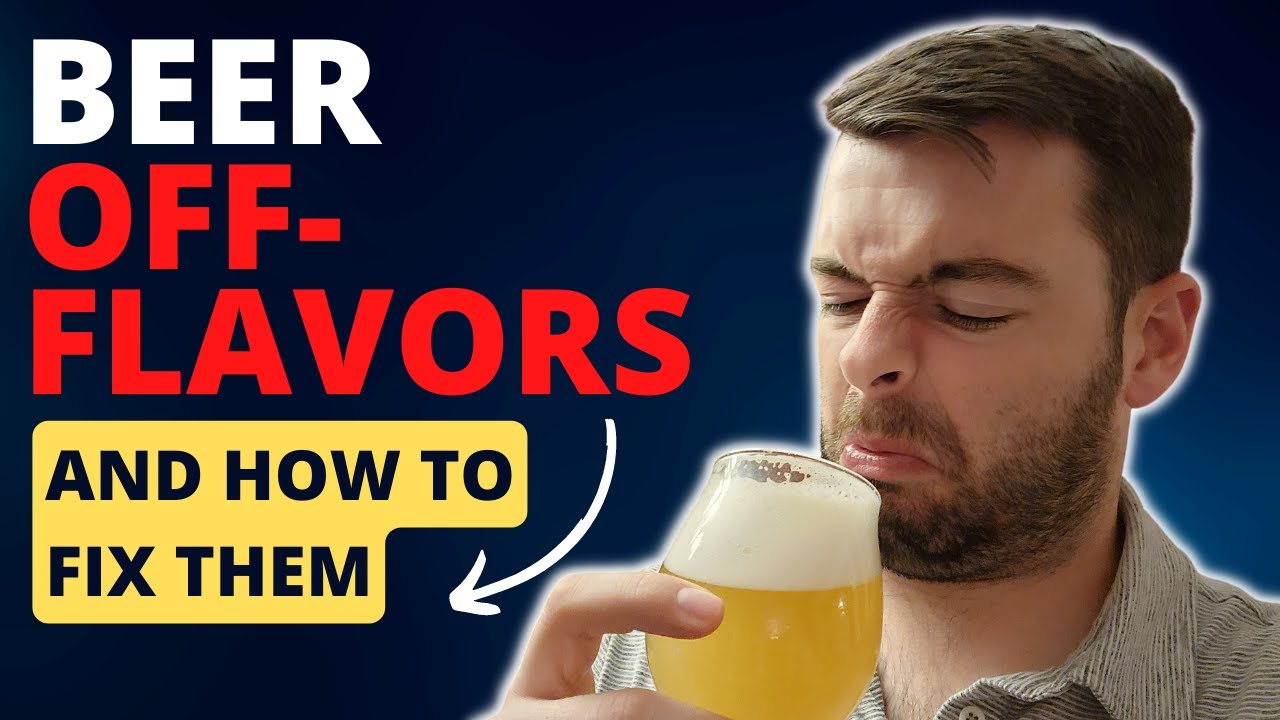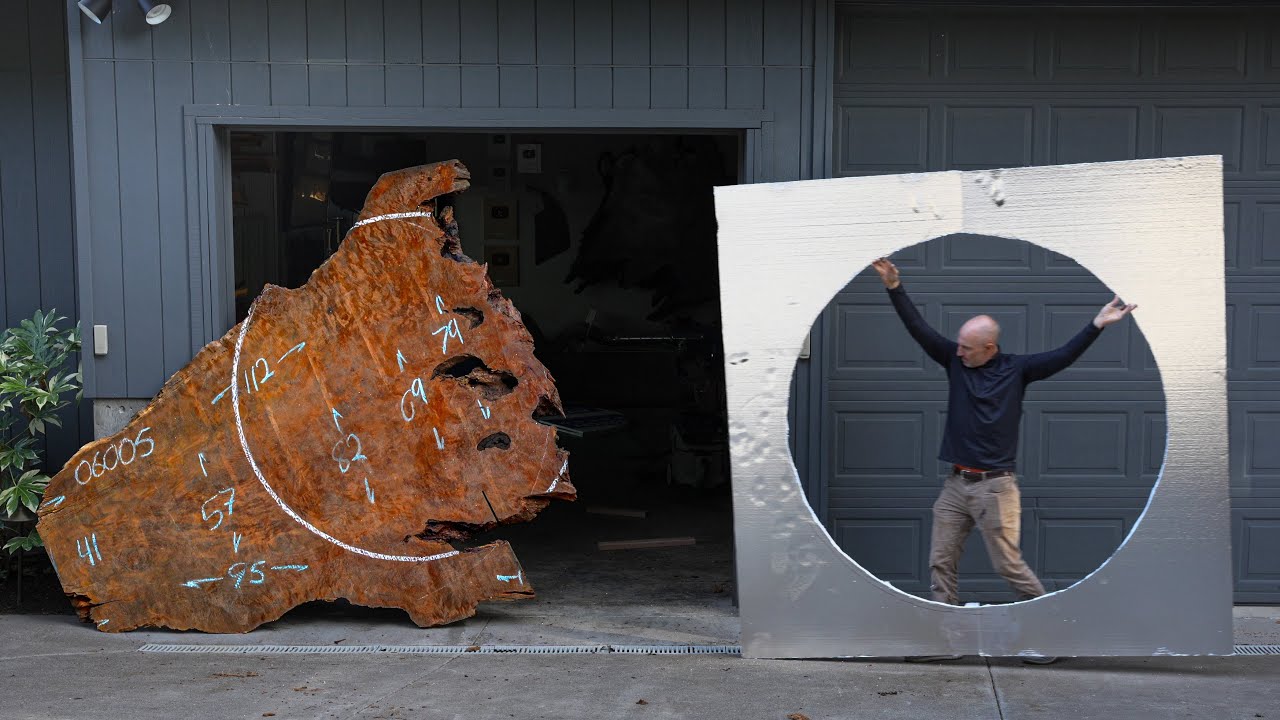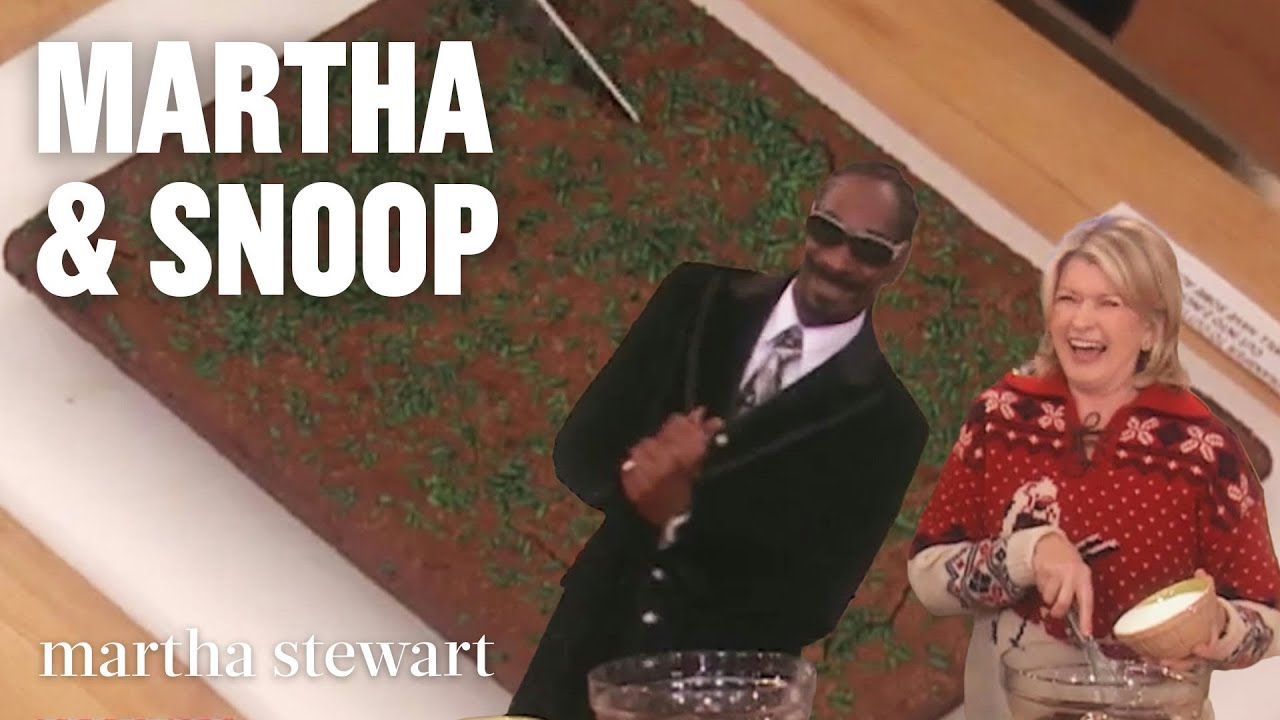Ever wonder how to fix what tastes off in your beer or how to keep it from happening in the first place? Here’s everything you need to know about off flavors!
—————————————————–
CLAWHAMMER SUPPLY SYSTEM: http://www.clawhammersupply.com/?aff=11
—————————————————–
MERCH STORE: https://theapartmentbrewer.creator-spring.com
—————————————————–
SUPPORT ME ON PATREON: https://www.patreon.com/theapartmentbrewer
—————————————————–
FIND ALL MY RECOMMENDED HOMEBREWING EQUIPMENT ON MY AMAZON STORE: https://www.amazon.com/shop/theapartmentbrewer
——————————————————-
NORTHERN BREWER: https://www.northernbrewer.com/?utm_source=community&utm_medium=TheApartmentBrewer&utm_campaign=youtube_support
——————————————————-
MOREBEER: http://www.morebeer.com/index?a_aid=apartmentbrewer
—————————————————–
MY CAMERA: https://amzn.to/3fxboAQ
MY WIRELESS MIC: https://amzn.to/482SsTg
MY VOICEOVER MIC: https://amzn.to/3PpvXlt
—————————————————–
0:00 Intro and welcome
0:21 How to prevent 99% of off flavors
0:40 What is that generic “homebrew” off flavor?
1:24 Oxidation (cardboard)
2:11 Fusel alcohols (nail polish remover)
3:22 Acetaldehyde (green apple)
4:08 Diacetyl (butter)
5:03 DMS (corn/rotten veggie)
6:13 Tannic (tea)
6:52 Scorched (ash)
8:04 Lightstruck (skunked)
9:17 Chlorophenols (band-aid)
10:32 Metallic
11:15 Sulfur (rotten eggs)
12:18 Sour/funky/vinegar/vomit
13:16 Excessively estery/phenolic (rotten fruit/medicinal)
14:57 Astringent/husky
16:28 Autolysis (soy sauce)
17:35 Cidery
18:53 Grassy/musty
19:33 Moldy/mildew
20:54 Soapy
21:53 Excessively sweet or bitter
—————————————————–
Full disclosure, most of the links on this page are affiliate links. This means if you buy through them I make a small percentage from the sale at no additional cost to you. All money earned through the channel goes back into the videos and brews you see on my channel. As always, don’t just take my word for it, do your research before you decide to buy.
—————————————————–
Music provided by Epidemic Sound: https://share.epidemicsound.com/0go1wp
#beer #off #flavors #offflavors #homebrew #howto #beer #brewing #homebrewing #clawhammersupply #graintoglass #BIAB #allgrain










Hey Steve, sorry for the crazy long comment, but I’ve been consistently experiencing an off flavor that I can’t quite identify. Wanted to see if you had any idea. It’s a really hard flavor to describe. It’s borderline plastic-y while kind of mineral-like. Almost like when you drink water out of a hose on a summer day just dialed down to almost 0. It’s a very faint background note and only really prevelant when you burp (as strange as that sounds). It has been consistent through filtered tap water, spring water, and distilled water (I haven’t quite got water chemistry down yet, but I’m improving). It has manifested in beers, meads, and ciders. Overall, the brews are usually pretty great, but I’m hoping to kick that last off flavor. It’s been a real head scratcher for me. I can’t tell if it’s from the minerals, bad fermentation practices, an infection, or what. Just to note, I always ferment in a keg with a spunding valve set at 1-2 PSI in a mini fridge with an ink bird. Everything is sanitized with either Starsan or boiling water. Thanks man. I appreciate you and all the help you’ve provided me in other comments!
It sounds to me at first glance like a phenolic character – the rubber hose is a classic chlorophenol you’d get from chlorinated brewing water, but if you’ve switched up your source water and still get it its not that. Is there anything in your process that involves cleaning with bleach? Could be phenolics from the yeast selection or from some persistent microbe in there. I would also investigate your serving lines as well. If they aren’t cleaned regularly they can carry flavors over into the pour from old brews, including off flavors.
@@TheApartmentBrewer I’ll definitely take a look into my serving lines. I usually just run a gallon or two of starsan through the lines. I may have to invest in some PBW. I never use bleach, though. Typically when I clean my keg/fermenter I give it a good clean with dish soap, rinse well, then soak it in some starsan. Should I omit the dish soap entirely and stick to PBW? Maybe because I do use chlorinated tap water for my starsan and the chlorine is sticking around from that? Thanks again, man. You’re the best!
Dish soap can definitely leave flavors behind, I recommend switching to PBW. Not sure if chlorinated tap water will cause chlorophenol flavors when used with cleaners but probably unlikely. Hope it works out and glad to help!
I have had an acetone flavor a number of times. I get the flavor when I breathe out after taking a drink and I cannot stand it. It also tastes similar to artificially blueberry-flavored coffee beans. It has happened when I was buying yeast that was not stored properly and was likely not healthy. It has also happened when fermentation temps got away from me. It has always happened with English strains. I think that I have found a way to get rid of it by building a US-05 Starter and pitching that on top of the beer. Or I could just not abuse the yeast to begin with 🙂
I’m just about to have my first brew day now that it’s cooled down as summer is in the rearview. First up, a California IPA. The plan is to transfer my wort into my Fermzilla and then to ferment under CO2 pressure. Once fermented, pressure transfer to my corney keg and finish up the carbonation. My question is how do you know when you have purged the air out and replaced it with CO2? Does it sound different or do you just have to guess how much air you have let out?
I’d suggest hooking up a jumper line from your Fermzilla to your keg, then put the spunding valve on the keg. That way the CO2 from fermentation fills the keg and you can be 100% sure it is oxygen free.
@@TheApartmentBrewer So the Spunding valve only reads only the CO2 pressure and not air pressure? I get that CO2 is heavier than air so maybe the air never does contact the beer? In the fermenter, if there was some air at the top that didn’t get purged, the yeast CO2 would eventually replace it and it would come out the spunding valve (?). But in the corney keg, assuming that the beer is now fully fermented, there might still be some air at the top if I don’t get it all purged.
@@Mgrant8163 Spunding valve reads the pressure inside the vessel (relative to the atmosphere) and lets out only pressure in excess of what you’ve set it at. Fermentation creates so much CO2 (something like several hectoliters per batch) that there will be nothing left. Oxygen in the fermenter at the time of yeast pitch will be 100% consumed by the yeast. No need to purge the fermenter before fermentation.
@@TheApartmentBrewer Thank you so much for your responses. Love the channel.
Hi!
In a new batch of pale ale we noticed a chestnut aroma that has remained strong after bottle conditioning. No taste of chestnut that i would notice but i have no idea how it formed. It could be because I used the same yeast from another batch?
Its possible, yeast cakes will sometimes carry over residual flavor. Nuttiness can be a sign of autolysis sometimes
I wish everyone would stop saying “tap water”. It’s municipal, town, or city, or treated water. We ALL HAVE TAP WATER, unless living in a cabin or on the sidewalk. The only time there is chlorine in my tap water is when I have shocked my well. FYI